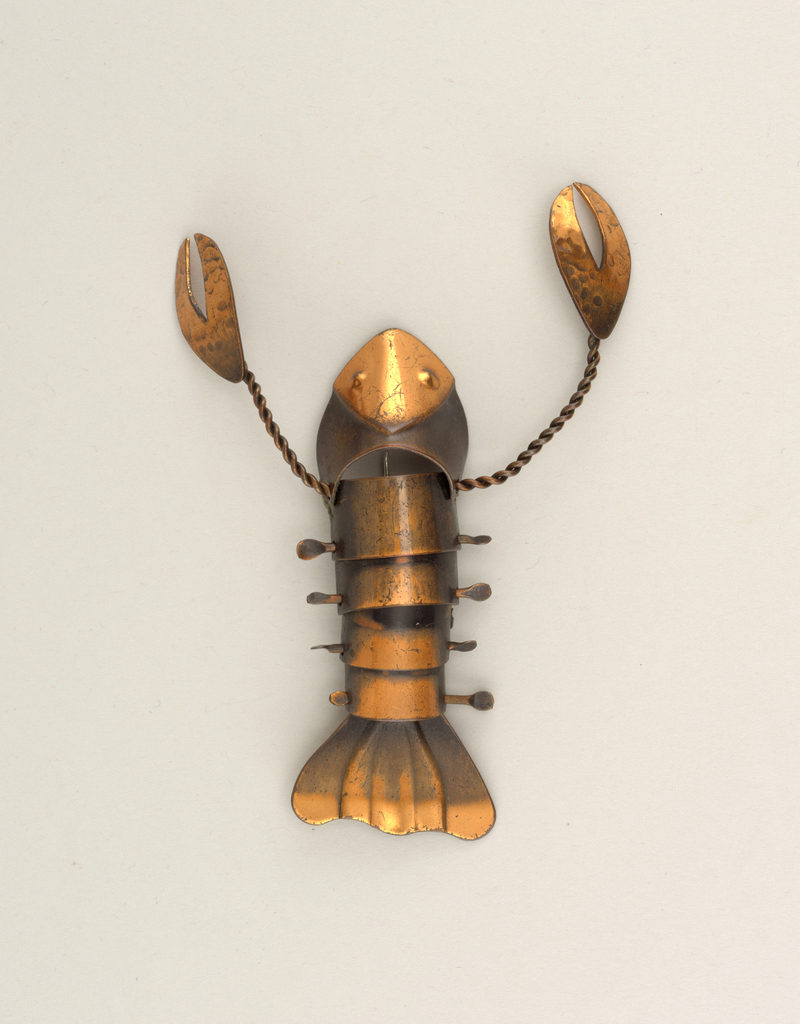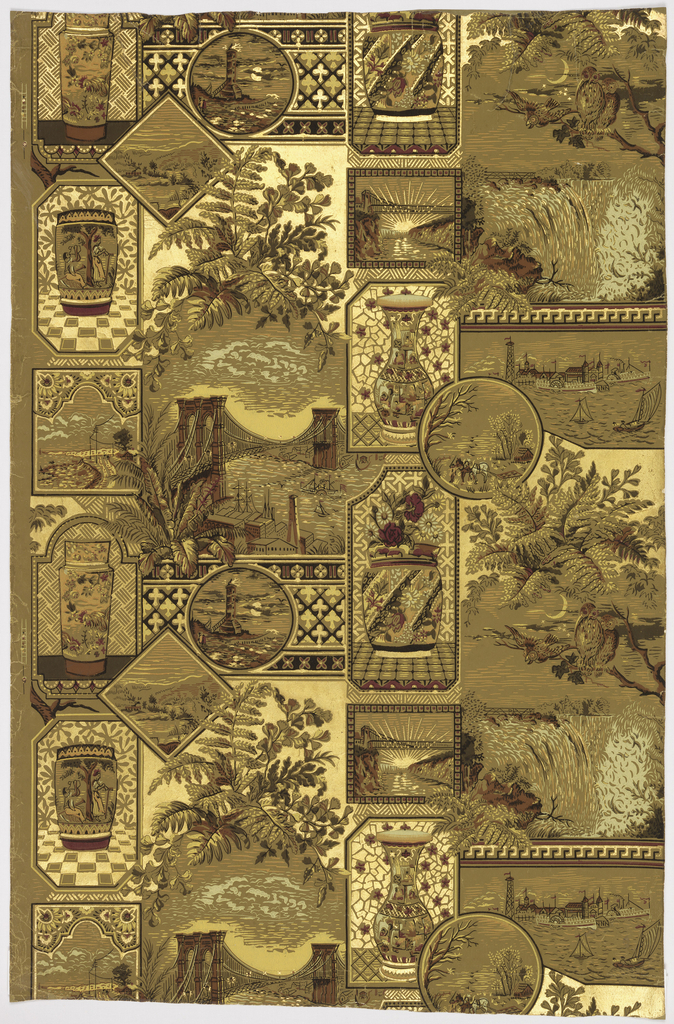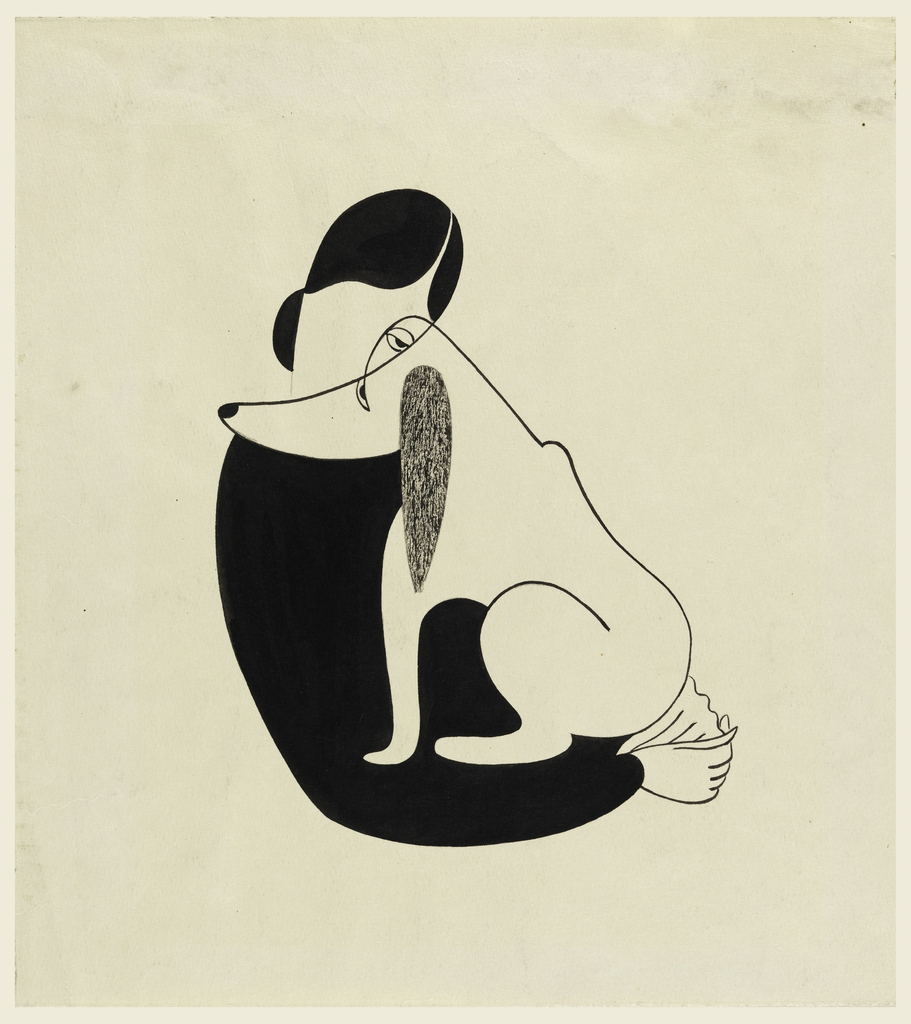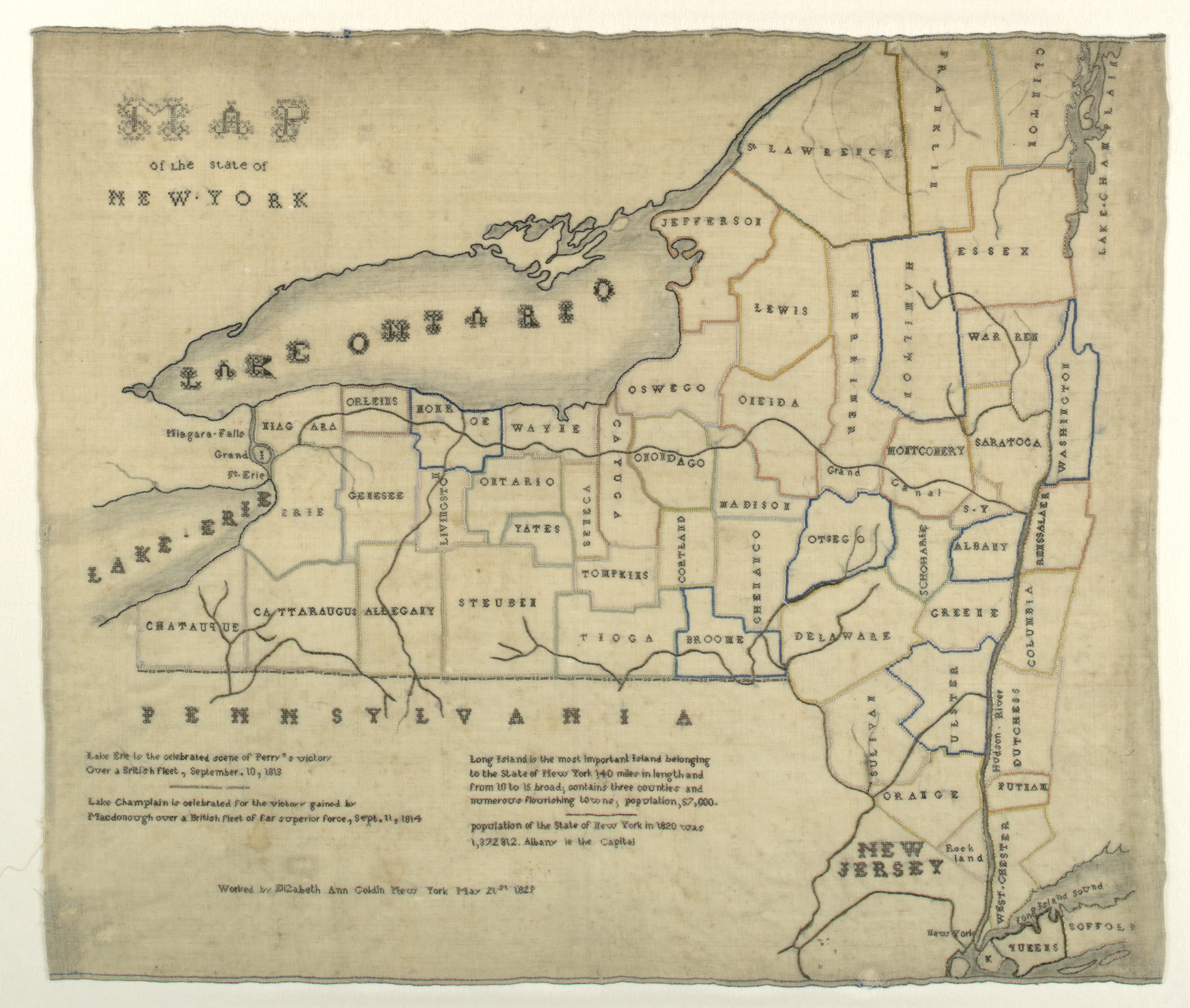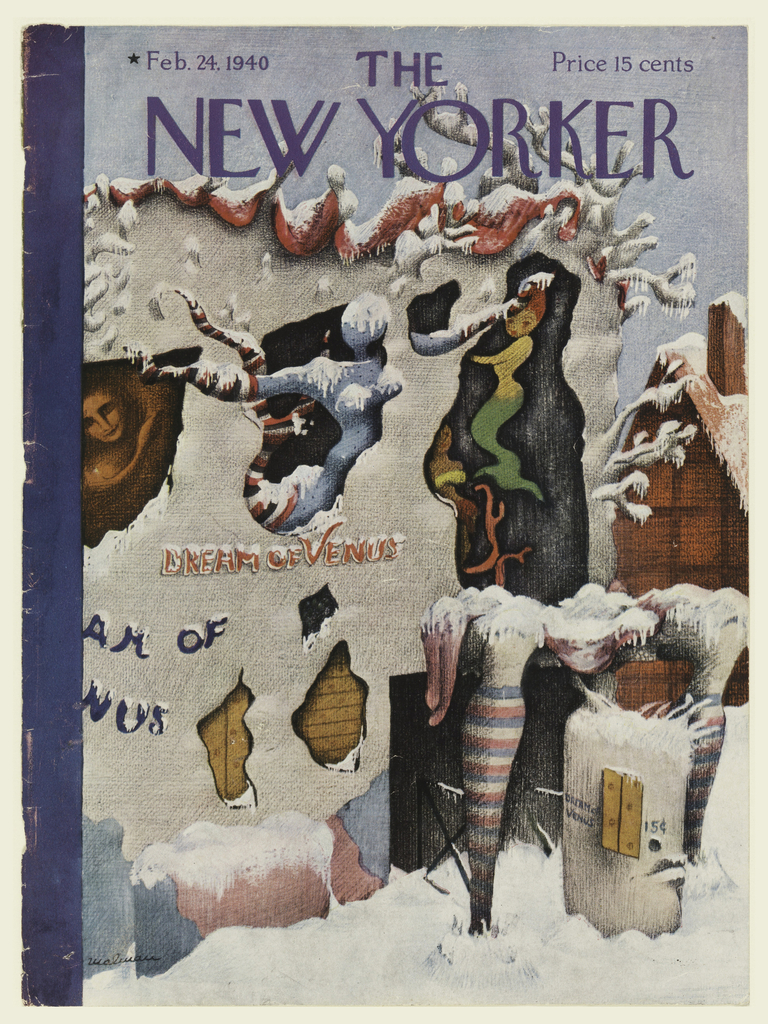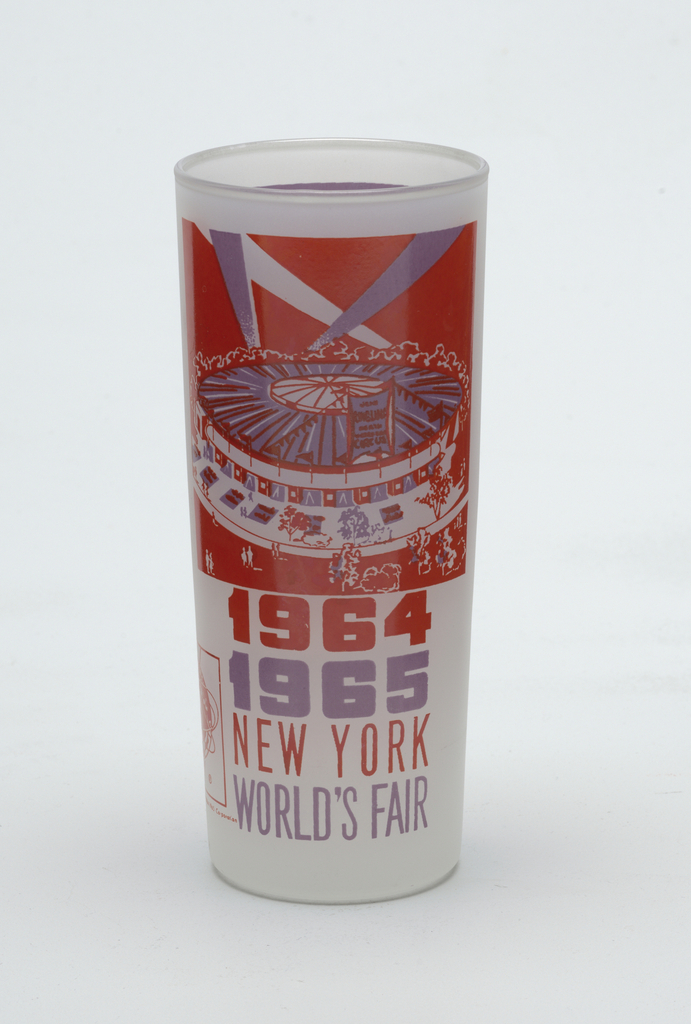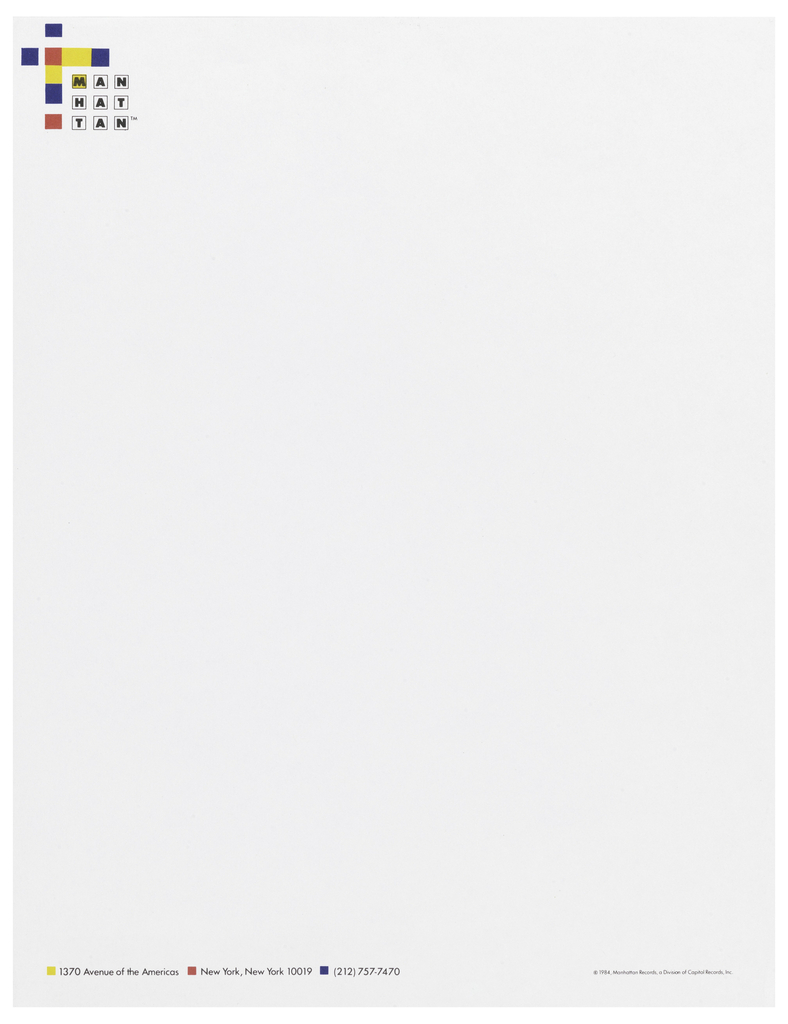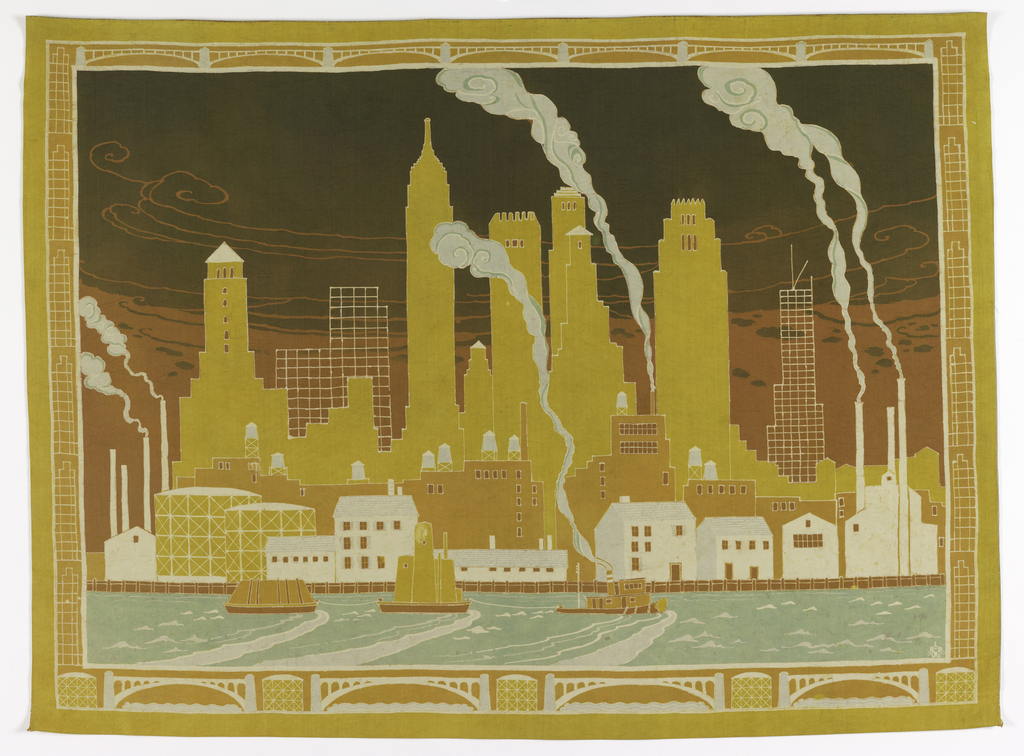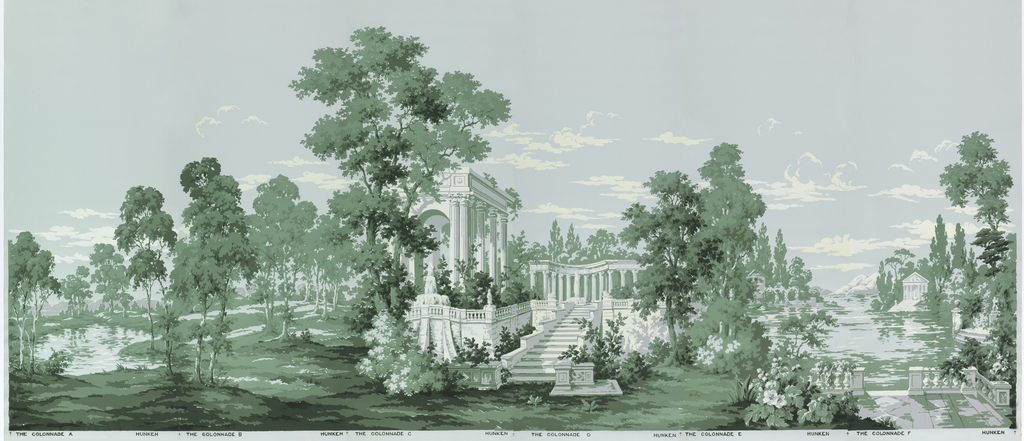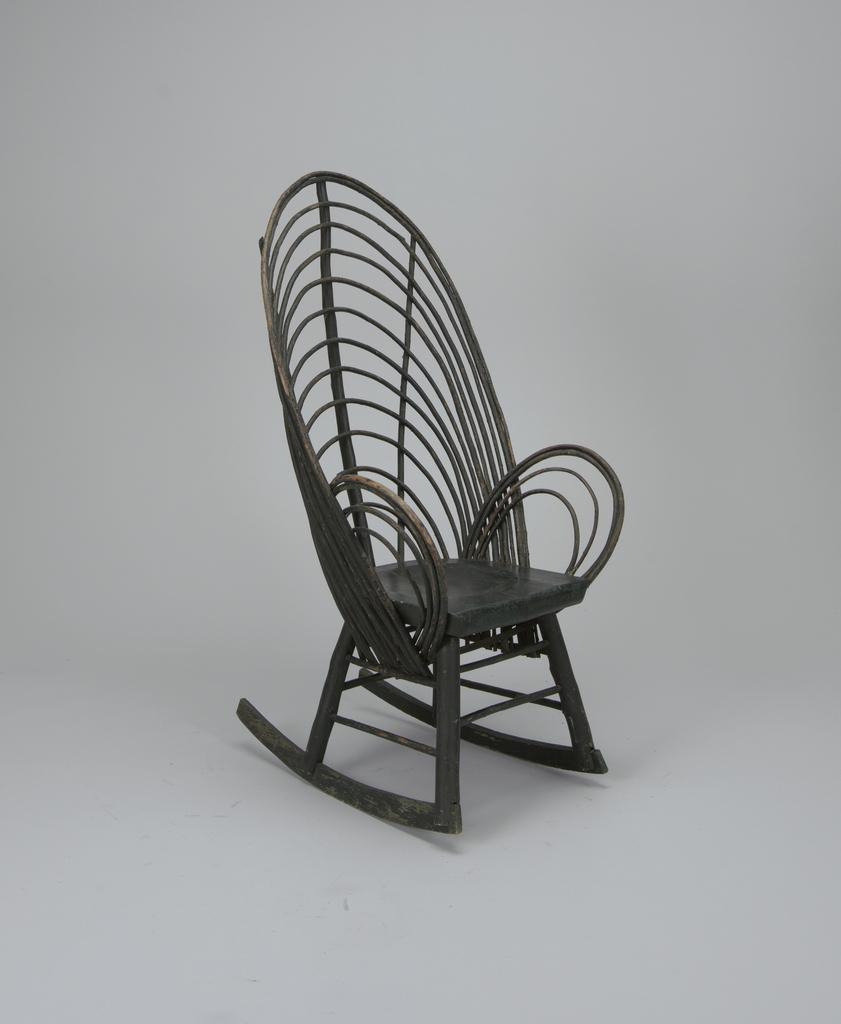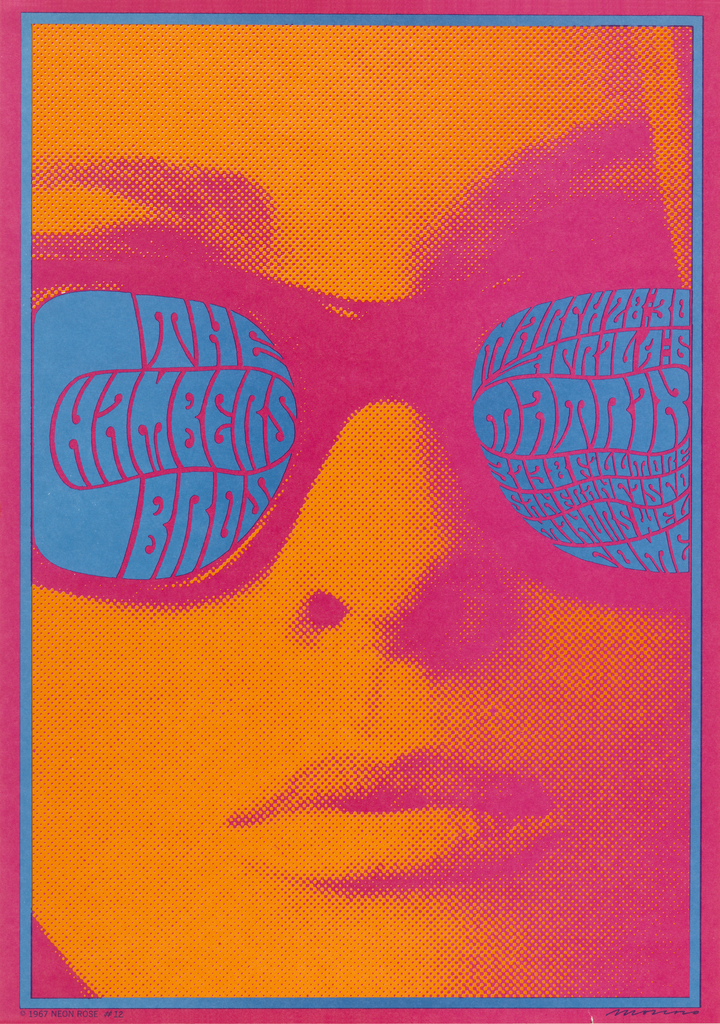In recognition of National Hispanic Heritage Month (September 15-October 15, 2019), this week’s Object Of The Day posts celebrate Latinx designers’ works in the collection. This post was originally published on July 6, 2017. In 1922, Francisco Torres arrived in New York on a steam ship from his hometown of Puerto Plata, Dominican Republic, at...
The first street signs in New York City, known as “direction boards,” were posted in 1793 and were largely used on horsecars.[1] They were intended to “rationalize the city’s built environment,” and have undergone many changes over the years. The recognizable rectangular shape of today’s signs, like this one in Cooper Hewitt’s collection, date to...
In 1922, Francisco Torres arrived in New York on a steam ship from his hometown of Puerto Plata, Dominican Republic, at the age of sixteen. Despite being an unaccompanied minor, he convinced immigration authorities to allow him to enter the United States by speaking the fluent English he learned from a native Virgin Islander living...
Japanese vases, Niagara Falls, and the Brooklyn Bridge are unusual companions in this American paper from the mid-1880s. The paper melds the long-popular fashion in the US for papers depicting landscapes with the then-current obsession for “Japonesque” patterning. This obsession had its origins in the importation of Anglo-Japanese papers from England in the 1870s. These...
Christina Malman’s 1935 drawing of a woman embracing a dog is both aesthetically magnetic and brimming with affect. Using a brush with black ink and white gouache, Malman masterfully utilizes positive and negative space to create simplified forms that are at once sleekly modern and yet familiar. The figures are depicted in a kind of...
Elizabeth Ann Goldin was fourteen when she embroidered this map of the State of New York. Such map samplers would have provided an excellent opportunity for schoolgirls to display their knowledge of geography as well as their needlework skills. In addition to outlining and naming each New York county, Elizabeth depicts Lakes Erie, Ontario, and...
In celebration of Women’s History Month, Cooper Hewitt is dedicating select Object of the Day entries to the work of women designers in our collection. Nudged in a single exuberant moment between a decade of the Great Depression and the looming threat of World War II, the 1939 World’s Fair is popularly thought to have...
The World’s Fair of 1964-65 was the third major international exhibition to be held in New York City. The Fair was held in Queens’ Flushing Meadows Corona Park, the same site as the 1939-40 World’s Fair. The theme of the Fair was “Peace Through Understanding”, and it was dedicated to “Man’s Achievement on a Shrinking...
In the forward to Letters from the Avant-Garde, a slim yet unique volume edited by Ellen Lupton and Elaine Lustig Cohen focusing on the stationery of European designers, Cohen discusses her experience as proprietor of Ex Libris, a bookstore specializing in avant-garde print materials. Founded in 1979 by Cohen and her husband, Arthur A. Cohen,...
Batik, an ancient craft often associated with Indonesia, became popular in United States in the 1910s and 20s, with artists such as Arthur Crisp, Pieter Mijer, and Lydia Bush-Brown attracting national attention. These artists worked in the traditional manner, painting paraffin and beeswax on their cloth to create a resist, but expanded the traditional design...
Murals became a fashionable wall decoration in the mid-twentieth century. Murals differ slightly from scenic wallpapers in that most were designed to cover a single wall, or to separate or highlight a section of a larger wall, where scenic wallpapers were designed to run continuously around a room. Many mural designs could also be continuous...
This chair was made in about 1900 in Catskill, New York, the region that inspired some of America’s greatest landscape painting. In the nineteenth century, artists, writers, and tourists travelled to the Catskills in awe of the falls, mountains, and landscape views, which Frederick Church among others so famously depicted. The rapid development of the...
John Rombola (b. 1933 ), a Brooklyn-born artist, has always marched to the beat of his own whimsical rhythm. And fittingly so, when radio station WPaT, which also moved to its own rhythm, commissioned Rombola to provide illustrations for its 1963 advertising campaign “In the Air Everywhere,” to be displayed in subway cars across New...
Stare into the electric blue shades of this woman’s sunglasses and what do you see? Even if you know what you are looking for, the blue letterforms come together to form coherent words only with sustained visual focus. If you were to advertise a concert that you wanted people to come to, would you make...
The Cooper Hewitt National Design Library, a branch of Smithsonian Institution Libraries, is the major resource in the United States for books, trade catalogs, serials, pictures, and archival material covering design and decorative art from the Renaissance to the present. Students, artists and designers, writers, researchers from auction houses, preservation and historical societies, conservators, collectors,...
